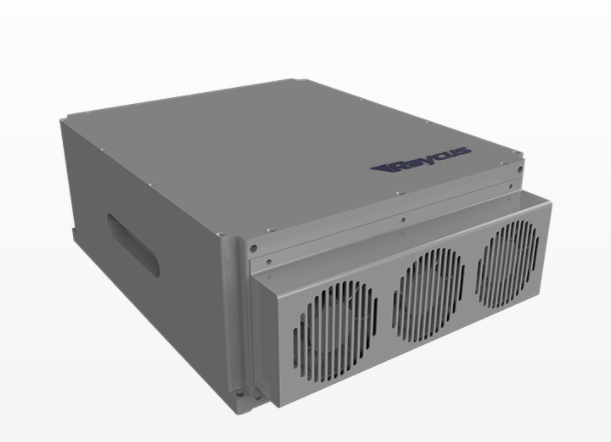The IPG laser systems Control Laser Corporation (CLC) was selling when IPG came out with their 20-Watt laser that had a Linos 254mm focal length (FL) lens with a 7-inch field. These are 1mJ lasers and are very capable of annealing with the correct parameters. I would argue that the Raycus systems likely have a cheap Opex lens, and this, combined with the low PPE is why these lasers have difficulties annealing. The Opex lens resolving power is crap; there is no discernable airy disc with these lenses; the laser is diffused too much, causing energy density to suffer. The large 120mm lens on a Linos or Rofin-Sinar lens offers exceptional resolving power, and this is why the IPG laser, with a maximum frequency of 40kHz, can be annealed all day long without problems. Although the Linos lens costs about $1,600 more than the *$50 Opex lens, when you consider that the Opex lens would require more power to achieve the same effect (energy density) as the Linos lens, it's cheaper to buy a more powerful laser than to purchase an expensive lens. Also important is the size of the laser beam going into the focus lens, as this is one of the parameters of the spot size algorithm. If the beam is small going into the lens, the spot will be large, i.e., low energy density. As a result, if the beam is large going into the focus lens, then the spot will be small and high in energy density. So, it's important to consider the complete system when talking about capabilities and applications and comparing between systems. Check out what happens when you stick a Linos lens on that Raycus and expand the beam to 8mm!
Our website is currently undergoing an upgrade. We’ll be bringing you a brand-new experience soon, so stay tuned!
Why can’t you anneal with a Raycus laser

Mobile/WhatsApp/WeChat: +8613791007598
Jinan Pioneers Technology co. Ltd
Rm.2735,No.1BLD. No.88 West of Huizhan Road High-tech Zone Jinan Shandong China.
E-mail:[email protected]
https://pioneerscnc-tech.com
Copyright © 2025 – Jinan Pioneers Technology Co., Ltd | Privacy Policy


